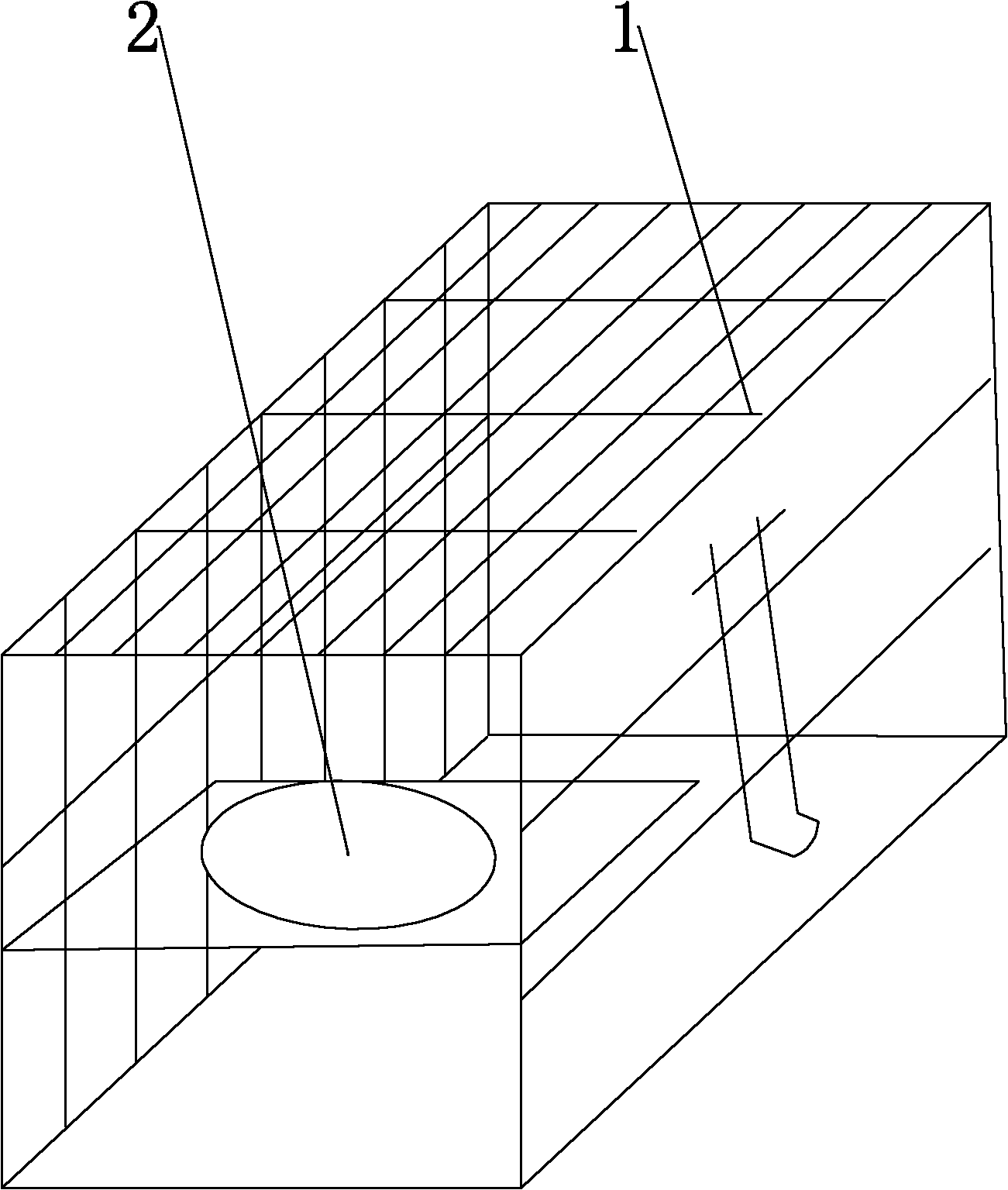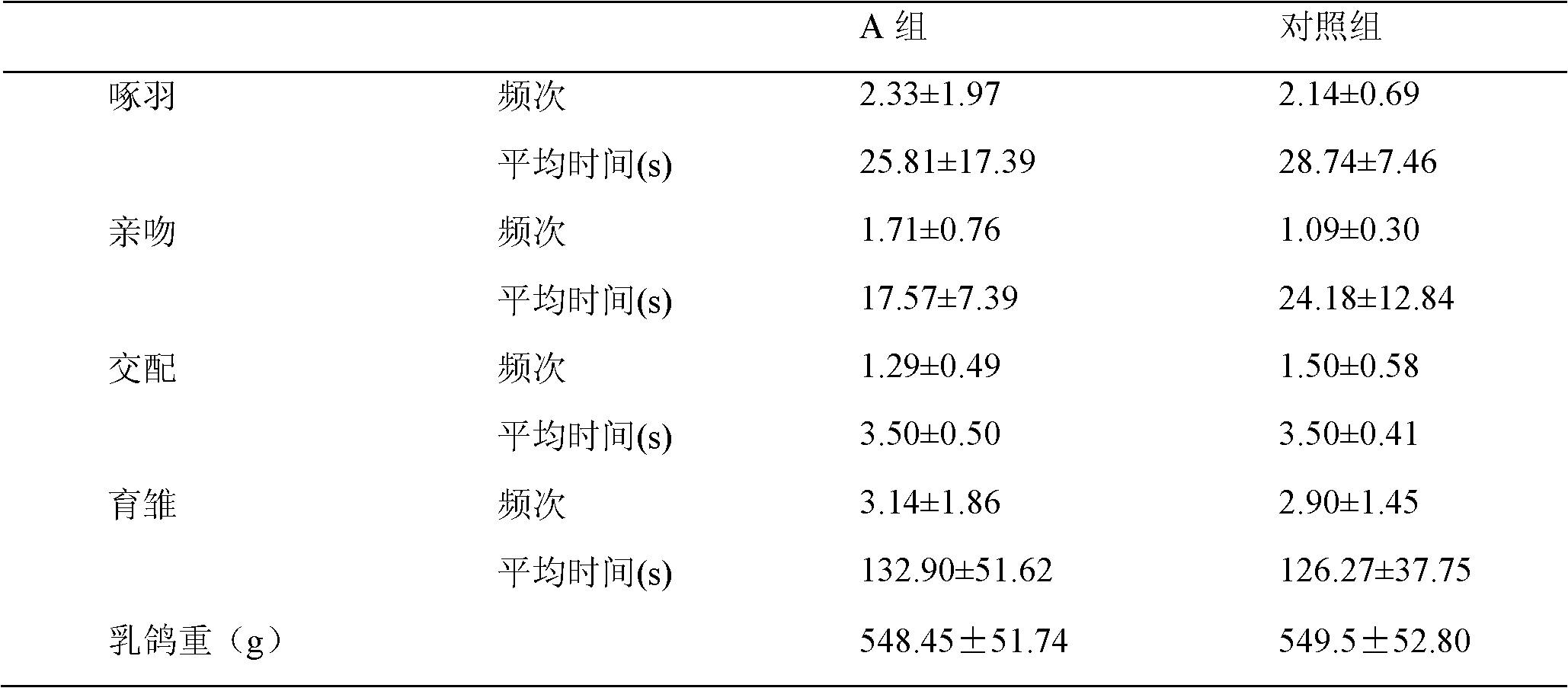Full-step-type pigeon house for feeding breeding pigeons
A stepped, pigeon cage technology, applied in the field of egg pigeon cages, can solve the problems of difficult mechanization, large space of pigeon cages, unfavorable daily management of mechanized operation of pigeon cages, etc., and achieve the effect of reducing labor costs and eliminating pollution
- Summary
- Abstract
- Description
- Claims
- Application Information
AI Technical Summary
Problems solved by technology
Method used
Image
Examples
Embodiment Construction
[0016] The present invention is described in further detail now in conjunction with accompanying drawing. These drawings are all simplified schematic diagrams, which only illustrate the basic structure of the present invention in a schematic manner, so they only show the configurations related to the present invention.
[0017] Such as figure 1 and figure 2 The shown cage 1 is provided with a nest plate 2 for incubating eggs. The cages on one side are connected diagonally, and the cages 1 on both sides are arranged symmetrically from top to bottom in a ladder shape. The length of the cage 1 is 50 cm. , wide 33cm, high 45cm, cage body 1 is apart from ground 10cm, and nest dish 2 places cage body 1 left side, apart from bottom 20cm.
[0018] As shown in Table 1, this experiment compares and analyzes the differences in breeding behavior between the breeding pigeons raised in the traditional cage and the cage 1, and the difference in nurturing the pigeons.
[0019] The breedin...
PUM
 Login to View More
Login to View More Abstract
Description
Claims
Application Information
 Login to View More
Login to View More - R&D
- Intellectual Property
- Life Sciences
- Materials
- Tech Scout
- Unparalleled Data Quality
- Higher Quality Content
- 60% Fewer Hallucinations
Browse by: Latest US Patents, China's latest patents, Technical Efficacy Thesaurus, Application Domain, Technology Topic, Popular Technical Reports.
© 2025 PatSnap. All rights reserved.Legal|Privacy policy|Modern Slavery Act Transparency Statement|Sitemap|About US| Contact US: help@patsnap.com



